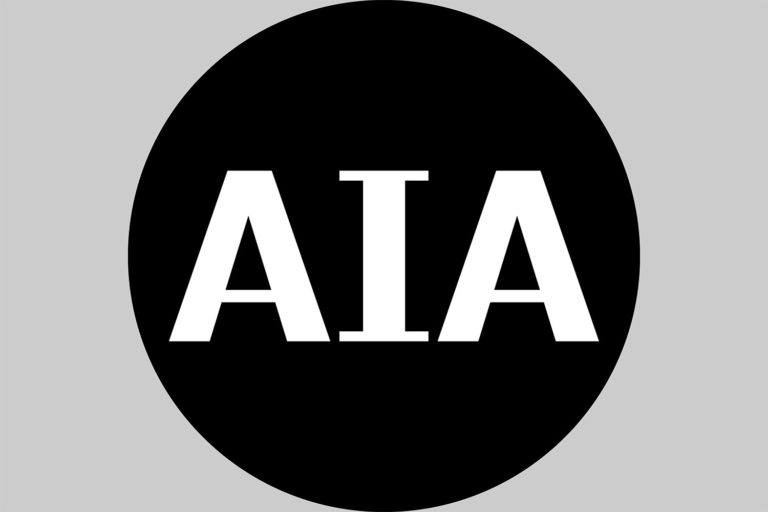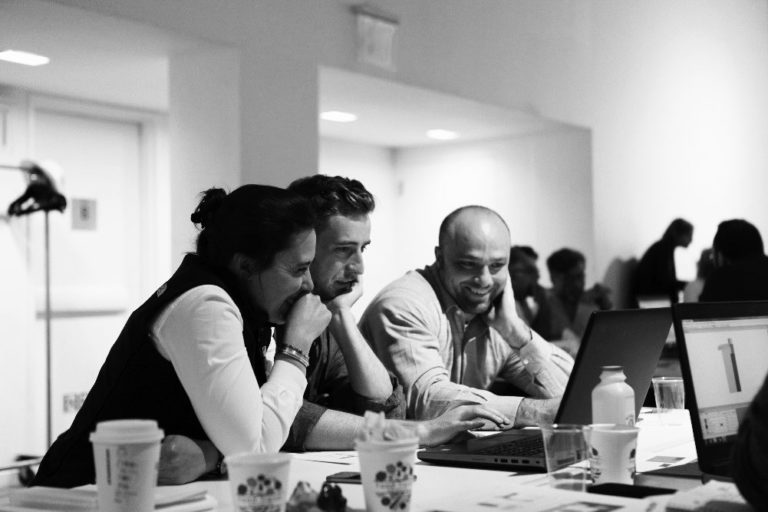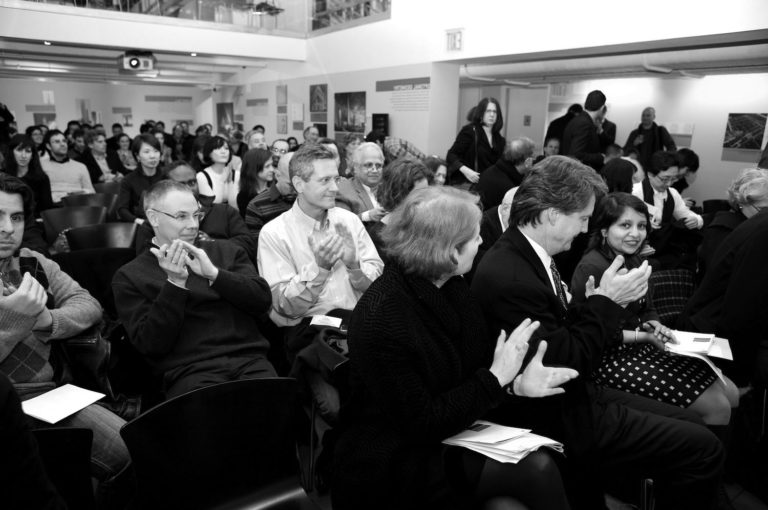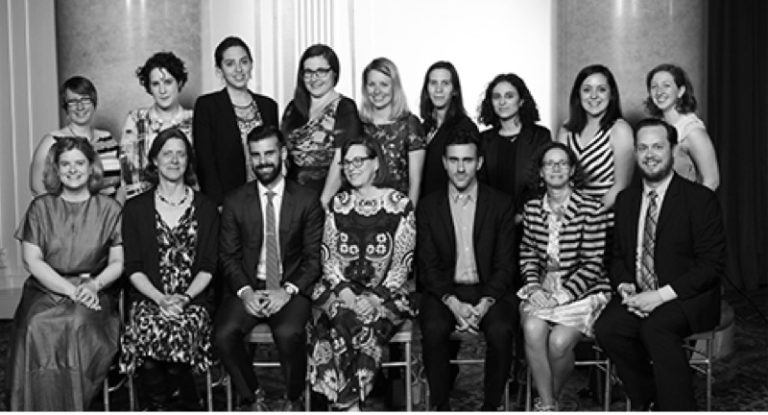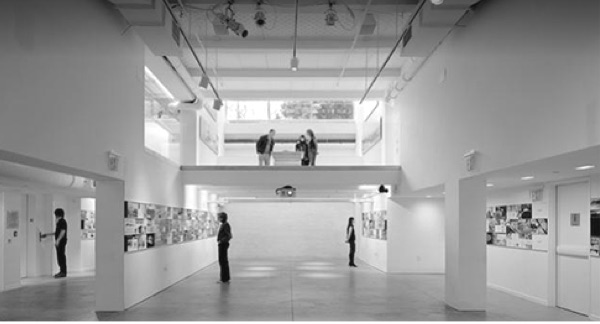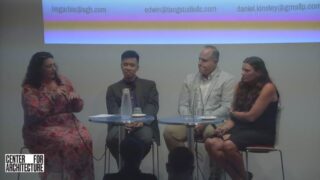Info
-
Co Chairs
-
Kritika Kharbanda, AIAHenning Larsen
-
Christopher JohnsonHarmon inc.
-
Advisory Committee Members
-
Cheryl M. Saldanha, P.E., CPHC.
-
David Levine, AIA, LEED AP BD+C, CPHC
-
Kushnav Roy, ASFE, CPHD, BECxP, CxA+BE
-
Michael Buesing, AIA, LEED AP, CPHD
-
Satpal Kaur, RIBA I, RIBA II, CPHD
-
-
Contact
Upcoming Events
-
Fri, 11/7, 8:15am
Topics
-
February 10, 2022
The AIANY Building Science Committee explores how scientific principles drive innovation in the built environment. Our mission is to bridge research, technology, and design, advancing high-performance buildings that respond to today’s environmental and social challenges. Through interdisciplinary dialogue, educational events, and publications, we foster a community committed to pushing the boundaries of sustainability, resilience, and building performance. Whether you’re an architect, engineer, scientist, or curious practitioner, we invite you to join us in shaping a more informed and impactful future for our built world.
Goals
Industry Outreach: We aim to organize “Building Science” focus group meetups involving architects, engineers, contractors, educators, manufacturers and policy makers as an informal way to share experiences, exchange technical information and collaborate in educating the AEC industry on building performance, technical issues and best practices by forming public programs/events around the topics below.
Promoting Research: The focus group will collaborate with the practitioners and industry groups to develop research topics and raise universities’ awareness of the industry needs. Facilitate industry-university collaboration and a fostering culture between the firms and researchers. Supporting researchers by creating a platform to disseminate their studies and results
Impacting Education: The focus group will engage the Architectural and Engineering programs to spearhead the efforts in university-industry cooperation and promote new curriculums based on industry needs, and subsequently provide opportunities for the faculty, students, and practitioners to take part and expand their knowledge.
Topic Areas
While building science covers a range of important topics, we have identified the following four topics as our initial areas of focus for this committee.
Adaptive Reuse and Circularity: With the majority of buildings that will exist in 2050 already standing today, the need for retrofitting existing buildings to meet higher performance standards is one of the major challenges our industry faces today. A thorough understanding of building science and the impacts that changes to any individual system can have on the rest of the building is critical in order to achieve successful outcomes on retrofit projects.
Indoor Air Quality and Thermal Comfort: Indoor air quality and thermal comfort have always been critical factors for the health and well-being of building occupants. However, the current coronavirus pandemic has brought these issues to the forefront and highlighted the health and comfort deficiencies in much of our built environment, particularly for vulnerable populations. This committee will emphasize the application of building science principles to create indoor environments that promote the health and productivity of building occupants.
Resilience to Extreme Weather Events: Climate change has increased the incidence of extreme weather events, and the trend is likely to continue for decades into the future. The built environment must adapt to better protect life and property in the face of such events. Building science will play a critical role in ensuring that new and existing buildings have the resilience and durability to withstand the impacts of climate change and continue to provide safe and reliable indoor environments both during and after extreme events.
Net-Zero Energy/Carbon Buildings: Net-zero energy and net-zero carbon buildings are the standard for new construction and will eventually be required for existing buildings as well. This has major implications for the way buildings are designed, built, and operated. This committee will explore the various ways that net-zero construction will impact the flow of energy, air, and water throughout the building, as well as the selection of low embodied carbon materials.
Material Science and Manufacturing/Fabrication: Innovations and advances in materials and manufacturing processes are the critical bases for any substantial progress in the built environment. These areas have been responsible for every revolution in architectural history and will continue to play foundational roles in each architectural movement to come.
We welcome feedback and involvement from the design, construction, and academic communities. Please contact us with any comments or to express interest in participating in future committee meetings, activities, and events.
Past Events
-
Thu, 6/26/25, 3:30pm
-
Wed, 6/11/25, 12:00pm
-
Fri, 11/22/24, 8:30am
-
Tue, 9/17/24, 6:00pm
-
Thu, 5/30/24, 12:30pm
